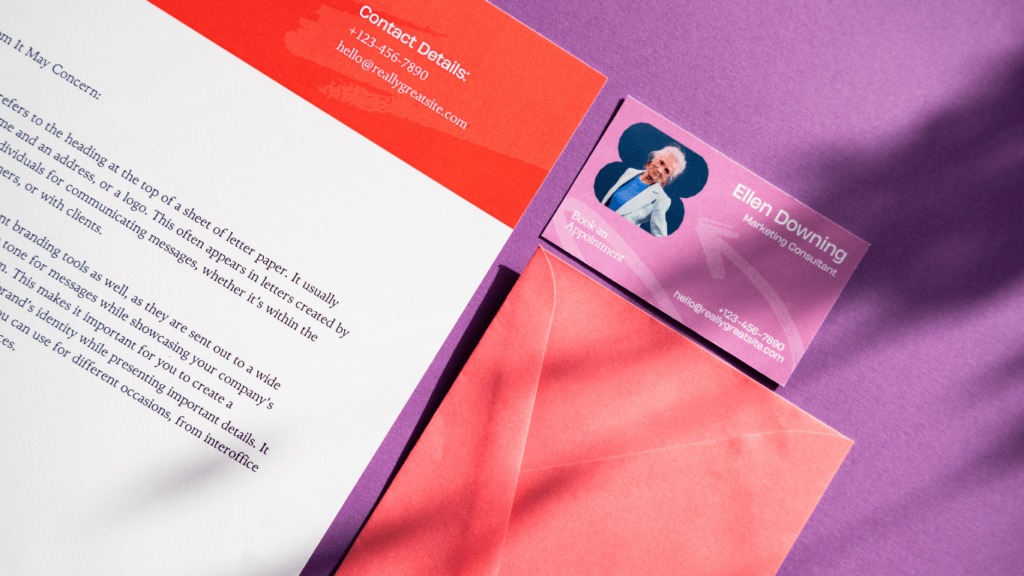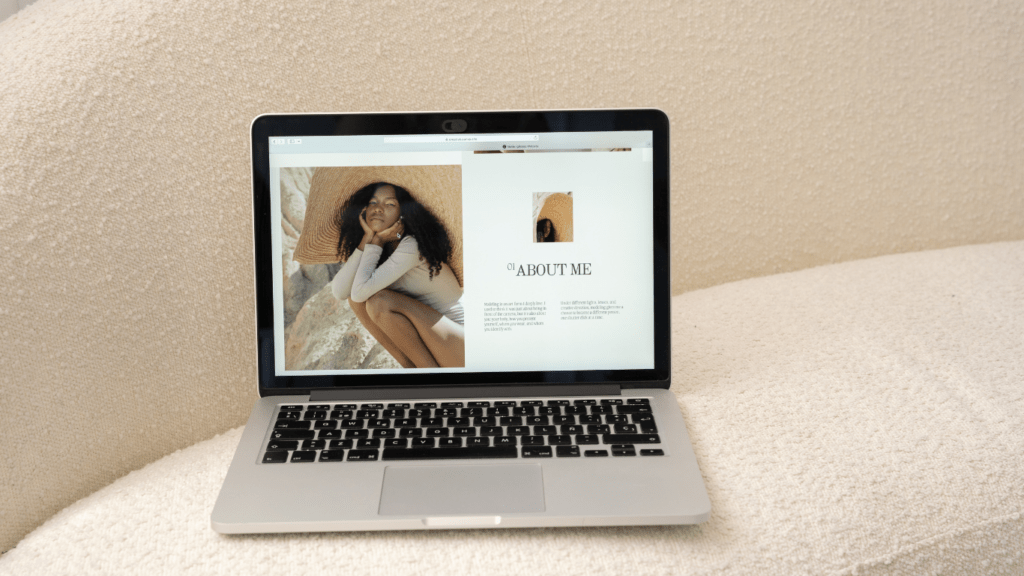As an artist, showcasing your work in a professional portfolio is essential for making a lasting impression on potential clients and art enthusiasts. Whether you’re a painter, photographer, graphic designer, or any other type of creative, a well-crafted portfolio can be the key to opening doors to new opportunities.
In today’s competitive art world, having a standout portfolio that effectively highlights your unique style, skills, and accomplishments is crucial. From selecting the right pieces to creating a cohesive presentation, every aspect of your portfolio plays a role in defining your artistic identity and attracting the right audience.
In this article, I’ll guide you through the process of building a professional artist portfolio that not only showcases your talent but also reflects your professionalism and creativity. Let’s dive into the strategies and tips to help you create a portfolio that speaks volumes about your artistic vision.
Importance of a Professional Artist Portfolio
Creating a professional artist portfolio is crucial for making a lasting impression on potential clients and art enthusiasts. It’s essential to showcase a unique style, skills, and accomplishments to stand out in the competitive art world. Let me delve into the significance of a professional artist portfolio in job applications and freelance opportunities.
- Significance in Job Applications
Having a professional artist portfolio is a game-changer when applying for art-related positions. It serves as a visual resume, allowing employers to see your abilities and creativity firsthand. A well-crafted portfolio can set you apart from other applicants by demonstrating your range of skills, style consistency, and professional approach. It’s not just about what you say in your application; it’s about showing them what you can do. - Advantages in Freelance Opportunities
For artists seeking freelance opportunities, a professional portfolio is a powerful tool to attract potential clients. It acts as a showcase of your work, making it easier for clients to gauge your artistic style and capabilities. A visually compelling portfolio can instill confidence in clients, showcasing your expertise and professionalism. In the competitive freelance market, a standout portfolio can be the deciding factor in landing lucrative projects.
Key Elements of a Professional Artist Portfolio
When considering the key elements of a professional artist portfolio, it’s crucial to focus on specific aspects that can make a significant impact on potential clients and art enthusiasts. Here are some vital components to enhance the quality and effectiveness of your portfolio:
Quality of Work
In creating a professional artist portfolio, the quality of your work stands out as the most critical element. Each piece showcased should reflect your artistic skills, attention to detail, and creativity. By presenting high-quality work, you can convey your professionalism and dedication to your craft, leaving a lasting impression on viewers. Ensuring that your portfolio contains your best and most representative pieces will help you capture the attention of potential clients and opportunities.
Diversity of Projects
In addition to showcasing the quality of your work, including a diverse range of projects in your portfolio is essential. Displaying a variety of styles, mediums, and themes demonstrates your versatility as an artist and highlights your ability to adapt to different creative challenges. A diverse portfolio not only showcases your range and skillset but also attracts a broader audience with varying preferences and interests. Including projects that showcase your ability to work across different genres or themes can make your portfolio more appealing and memorable to potential clients and collaborators.
Digital vs. Physical Portfolios

When considering between digital and physical artist portfolios, each option has its own set of advantages and disadvantages. Let’s delve into the specific pros and cons of both to help you make an informed decision.
Pros and Cons of Digital Portfolios
Digital portfolios offer numerous benefits such as convenience, accessibility, and interactivity. They allow for easy sharing with a global audience, instant updates, and the incorporation of multimedia elements like videos and interactive galleries. However, one drawback of digital portfolios is the potential for technical issues or limited access in areas with poor internet connectivity.
Pros and Cons of Physical Portfolios
On the other hand, physical portfolios provide a tactile experience that can create a lasting impression on viewers. They allow for unique presentation formats, such as custom-made books or printed materials, enhancing the overall aesthetic appeal. However, physical portfolios may be more challenging to update, bulkier to carry around, and susceptible to damage compared to their digital counterparts.
Crafting an Effective Portfolio
When crafting an effective artist portfolio, it’s crucial to select the right pieces and tailor the content to your target audience.
Choosing the Right Pieces
In selecting the pieces for your portfolio, I recommend focusing on a variety of works that showcase your skills, style, and versatility. Including a range of pieces such as paintings, sketches, digital art, and any other mediums you work with can demonstrate your artistic diversity. Remember, quality over quantity is key. I suggest including your best and most representative works that align with the impression you want to convey to viewers.
Tailoring to Your Audience
Tailoring your portfolio to your audience is essential in making a memorable impact. Think about who will be viewing your portfolio – potential clients, galleries, or employers. When curating your portfolio, I advise arranging your pieces in a cohesive and engaging manner that aligns with the preferences and expectations of your target audience. For instance, if you are targeting a specific niche or industry, consider highlighting relevant projects that resonate with that audience. By customizing your portfolio to cater to the preferences of your viewers, you can create a more personalized and impactful experience.
About the Author


 Harrison Lee plays a vital role at Sculpture Creation Tips, where his passion for the art of sculpture is evident in everything he does. With a comprehensive understanding of both classical and contemporary sculpting techniques, Harrison is committed to guiding and educating artists, whether they are just beginning their journey or are seasoned professionals. His approach goes beyond merely teaching technical skills; he encourages artists to explore and develop their unique artistic voices, pushing the boundaries of their creativity. Harrison's expertise and dedication make him an invaluable resource, not just for honing craftsmanship but also for inspiring innovation within the sculpting community. His ability to foster a supportive, dynamic learning environment ensures that every artist he works with is equipped to reach new heights in their artistic endeavors. Harrison's contribution to Sculpture Creation Tips is instrumental in its mission to elevate the art of sculpture and empower artists to achieve their full potential.
Harrison Lee plays a vital role at Sculpture Creation Tips, where his passion for the art of sculpture is evident in everything he does. With a comprehensive understanding of both classical and contemporary sculpting techniques, Harrison is committed to guiding and educating artists, whether they are just beginning their journey or are seasoned professionals. His approach goes beyond merely teaching technical skills; he encourages artists to explore and develop their unique artistic voices, pushing the boundaries of their creativity. Harrison's expertise and dedication make him an invaluable resource, not just for honing craftsmanship but also for inspiring innovation within the sculpting community. His ability to foster a supportive, dynamic learning environment ensures that every artist he works with is equipped to reach new heights in their artistic endeavors. Harrison's contribution to Sculpture Creation Tips is instrumental in its mission to elevate the art of sculpture and empower artists to achieve their full potential.
